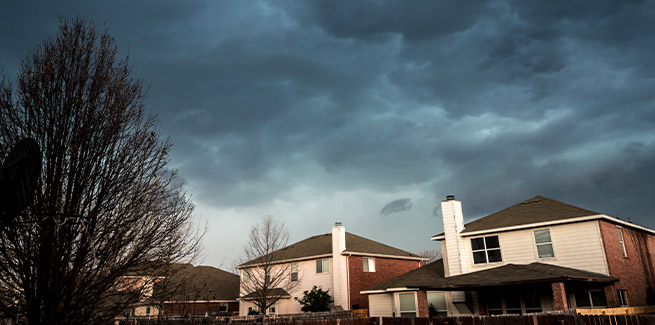Last week, the Morrison government announced that a $25,000 grant will be available to owner-occupiers “substantially renovating” or building a new home from 4 June to 31 December 2020, after it unveiled its new $688-million HomeBuilder package.
A national price cap of $750,000 has been set for new home builds, and a renovation price range of $150,000 to $750,000 will apply to renovating an existing home with a current value of no more than $1.5 million.
The stimulus is designed to breathe life into the residential property market, which is facing a prolonged downturn off the back of the COVID-19 crisis.
According to AMP chief economist Shane Oliver, the scheme should help revive the residential construction sector as it grapples with economic side effects of COVID-19.
“The history of such grants is that they boost construction as home owners bring forward demand, with the government estimating it could lead to the construction of 27,000 dwellings/renovations,” he said.
“This is needed as the slump in immigration over the year ahead at a time of higher unemployment will reduce underlying dwelling demand by around 80,000 dwellings per annum.
“So, it’s good news for home builders.”
The government estimates that approximately $10 billion in building projects would commence off the back of the scheme, supporting 140,000 direct jobs and another 1,000,000 related jobs in the residential construction sector.
However, Mr Oliver does not expect the scheme to make a significant contribution to an economic recovery.
“As far as additional economic stimulus goes, its trivial, though with a total costing of just $688 million or 0.03 per cent of GDP, and although it does have the benefit of being geared up as home owners borrow, it’s not big enough to change our economic forecasts,” Mr Oliver added.
Mr Oliver also warned that incentivising new housing construction could have an adverse impact on existing home values and potentially produce a negative wealth effect.
“[By] only applying to the purchase of new homes (in contrast to past home owner grants that related to new and existing homes) it will boost new home demand at the expense of existing homes potentially adding to downwards pressure on existing home prices,” he continued.
“This could be intensified if it has the effect of supporting the supply of new dwellings – albeit only marginally – at the same time that immigration remains weak, resulting in an oversupply of houses.”
Mr Oliver concluded: “It could be a small positive for affordability, but at the same time it’s a small potential drag on consumer spending via a negative wealth effect.”
Prior to the announcement of the federal government’s new scheme, Mr Oliver’s base case was for a 5 to 10 per cent peak-trough decline in national dwelling values throughout 2020 and into 2021.
[Related: Government unveils housing stimulus]
 ;
;
